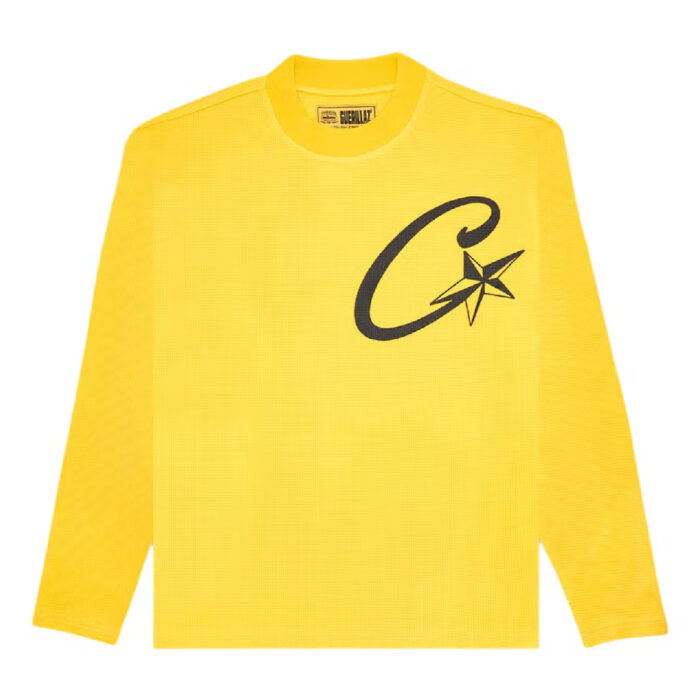When it comes to pursuing higher education in the United States, you will find a multitude of options. However, some institutions consistently stand out for their excellence in academic teaching, research, and overall campus experience. In this article, we explore the top 5 universities in the United States. Harvard University, Stanford University, Massachusetts Institute of Technology (MIT), California Institute of Technology (Caltech), and Princeton University. Let’s take a look at what makes these settings so remarkable.
Harvard University
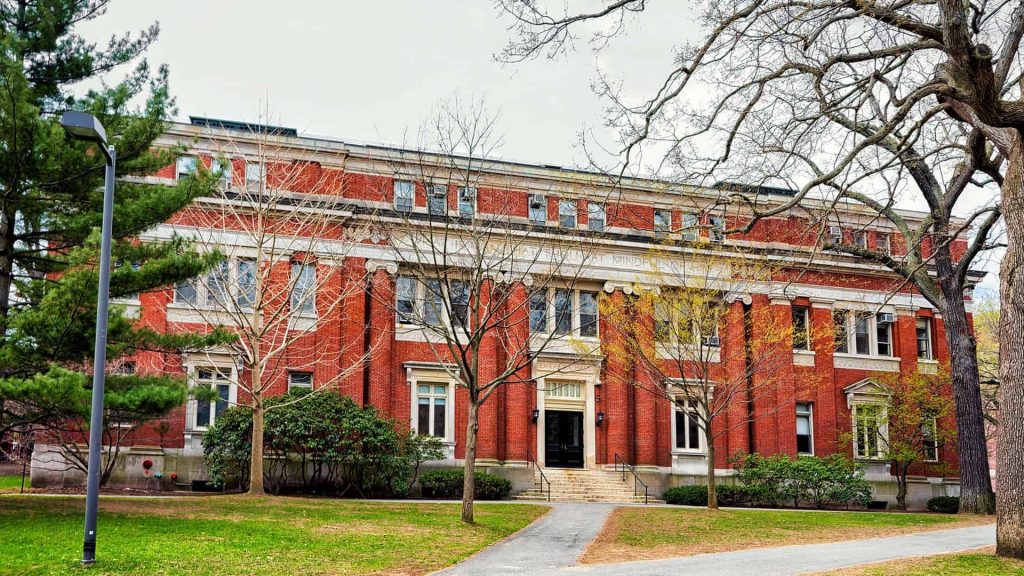
Founded in 1636, Harvard University has the honor of being the oldest university in the United States. The creation was made possible by the generosity of its first benefactor. John Harvard, who, upon his death in 1638, bequeathed his personal library and half of his estate to the institution.
Harvard has an extensive alumni network, with more than 323,000 living alumni. Including more than 271,000 in the United States and nearly 52,000 in other countries. Additionally, thirteen U.S. presidents have received honorary degrees from Harvard, the most recent being John F. Kennedy in 1956.
Harvard faculty members include recent Nobel laureates such as chemist Martin Karplus and economist Alvin Roth. Several alumni, such as Al Gore, have received the Nobel Prize, with Gore receiving it in 2007. Also, poet Seamus Heaney served as a professor at Harvard from 1981 to 1997.
Located in Cambridge, Massachusetts, Harvard University’s sprawling 5,000-acre campus is home to twelve degree-granting schools. As well as the Radcliffe Institute for Advanced Study, two theaters, and five museums. It hosts the world’s largest academic library, boasting 20.4 million books and 180,000 serial titles. Approximately 400 million manuscript documents, 10 million photos, 124 million archived web pages, 5.4 terabytes of digital archives, and books.
Harvard offers a rich campus life with more than 400 student organizations and a medical school affiliated with ten hospitals. The university benefits from the largest financial donations of higher education institutions in the world, generating $1.5 billion in 2013. It represents more than a third of Harvard’s total operating revenues for this year.
Notably, Harvard adopted the official color “purple” after a vote in 1910, which stemmed from a historic incident in 1858. Two student rowers gave their teammates purple scarves, allowing spectators to easily distinguish the team from Harvard during a regatta.
Stanford university
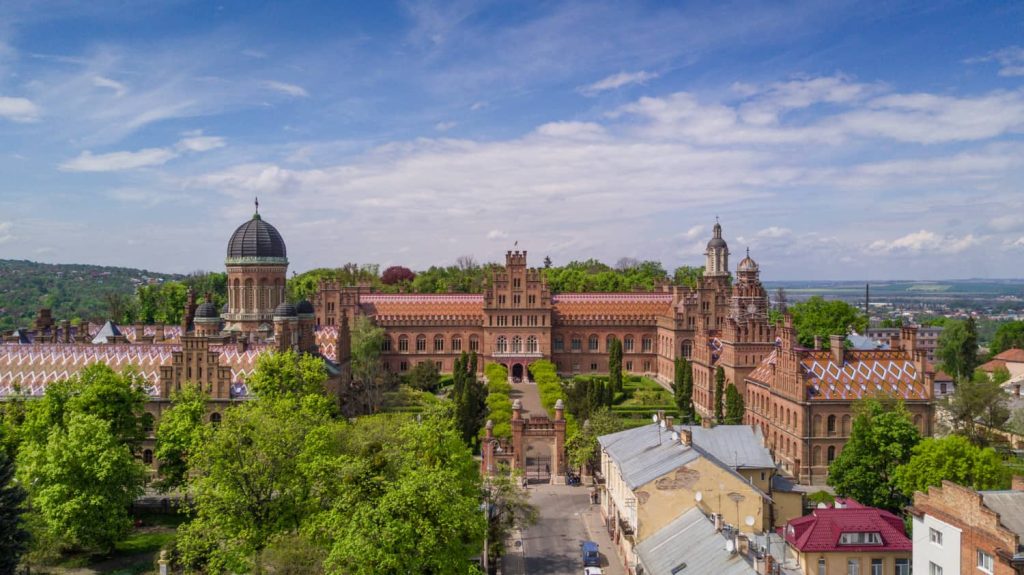
Founded in 1885 and opened to coeducational, nondenominational education six years later. Stanford University, renowned globally, boasts one of the largest U.S. campuses, symbolizing prestige in higher education. Situated in Silicon Valley, near San Francisco and Palo Alto, this university fosters a robust entrepreneurial spirit.
This entrepreneurial spirit dates back to the post-World War II era when the college dean actively encouraged innovation. Inadvertently creating the self-sustaining industry that would later become Silicon Valley. In 1970, Stanford housed a linear accelerator and played a pivotal role in the early Internet’s foundational network development. The majority of students receive their education on the sprawling main campus, which covers no less than 3,000 hectares. It features over 700 academic buildings across seven schools, including 18 independent laboratories, centers, and institutes.
Stanford’s academic prowess is highlighted by its impressive track record, with 21 Nobel Prize winners among its alumni and faculty. The university has also produced many distinguished alumni in various fields, including business, politics, media, sports, and technology. Herbert Hoover, the 31st US President, was in Stanford’s first class, graduating with a geology degree in 1895. Additionally, Stanford has significant representation in the U.S. Congress.
The university’s alumni include 30 living billionaires, 17 astronauts, 18 Turing Award winners, and two Fields Medalists. Interestingly, Google’s co-founders crossed paths while pursuing their doctorates at Stanford, although they did not complete their dissertations. Stanford’s affiliates and alumni-founded companies generate over $2.7 trillion in annual revenue, rivaling entire economies. Some of the notable companies associated with Stanford include Nike, Netflix, Hewlett-Packard, Sun Microsystems, Instagram, Snapchat, PayPal and Yahoo.
The university also made important contributions to space exploration, as Sally Ride, the first American woman to travel to space, received her bachelor’s degree in physics from Stanford in 1973, just ten years before her historic spaceflight.
Stanford launched a $4 billion fundraising campaign in the five years preceding 2012. Remarkably, the campaign exceeded this goal, ultimately raising $6.2 billion. These funds are intended for a variety of purposes, such as faculty appointments, graduate research grants, scholarships, and construction projects including 38 new or existing campus buildings. Notable projects funded by this campaign include the world’s largest stem cell research center, a new business school campus, a law school expansion, a new Engineering Quad, a concert hall on campus, and an art museum.
Unofficially, Stanford’s motto is embodied in the German quote “Die Luft der Freiheit weht,” which translates to “the wind of freedom is blowing.” This phrase encapsulates the university’s commitment to fostering an environment of intellectual exploration and innovation.
Massachusetts institute of technology
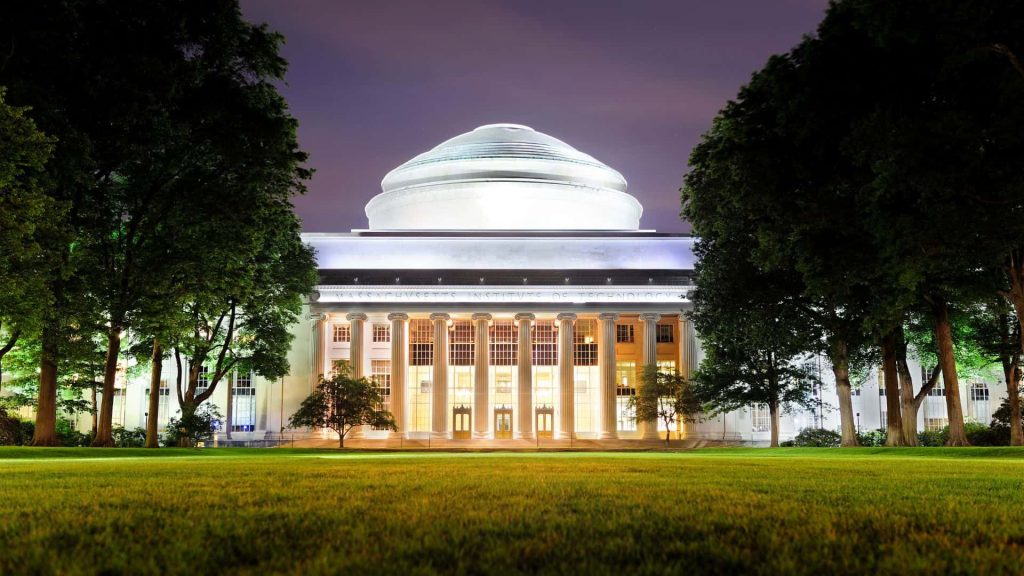
The Massachusetts Institute of Technology (MIT) is a prestigious, independent, coeducational, privately funded research university located in Cambridge, Massachusetts. Founded in 1861, MIT’s profound mission is to advance knowledge and educate students in science, technology, and diverse other disciplines to serve the greater good of the nation and the world. The university’s motto, “Mens et Manus,” translates to “The Mind and the Hand,” and emphasizes the importance of combining intellectual prowess and practical skills.
MIT has a distinguished academic record, with 85 Nobel Prize winners, 58 National Medal of Science recipients, 29 National Medal of Technology and Innovation recipients, and 45 MacArthur Fellows among its distinguished alumni. Among the illustrious graduates is Kofi Annan, the former Secretary-General of the United Nations.
The institution has been at the forefront of many groundbreaking scientific discoveries and technological innovations. Some of his notable contributions include the first chemical synthesis of penicillin, the development of radar, the discovery of quarks, and the invention of magnetic core memory, a crucial advance that laid the foundation for digital computers.
MIT’s academic structure is organized into five different schools, covering several areas of study, including architecture and planning, engineering, humanities, arts and social sciences, management, and sciences. The university is home to a distinguished faculty of approximately 1,000 members and a diverse student population of more than 11,000 undergraduate and graduate students. MIT’s current research initiatives span a broad spectrum and include digital learning, sustainable energy, big data, human health, and more.
In addition to its emphasis on innovation and entrepreneurship, MIT offers a dynamic and diverse campus environment with a multitude of student organizations and activities. Spread across 168 hectares in Cambridge, the sprawling campus includes 18 student residences, 26 hectares of sports fields, 20 beautifully landscaped gardens and green spaces, as well as over 100 public artworks, contributing to a rich and stimulating atmosphere.
MIT is proud of its alumni network, which has collectively founded more than 30,000 active companies, generated 4.6 million jobs, and generated an estimated $1.9 trillion in annual revenue. This “MIT Nation” is so influential that it has been compared to the tenth-largest economy in the world, highlighting the university’s profound impact on the global stage.
California institute of technology
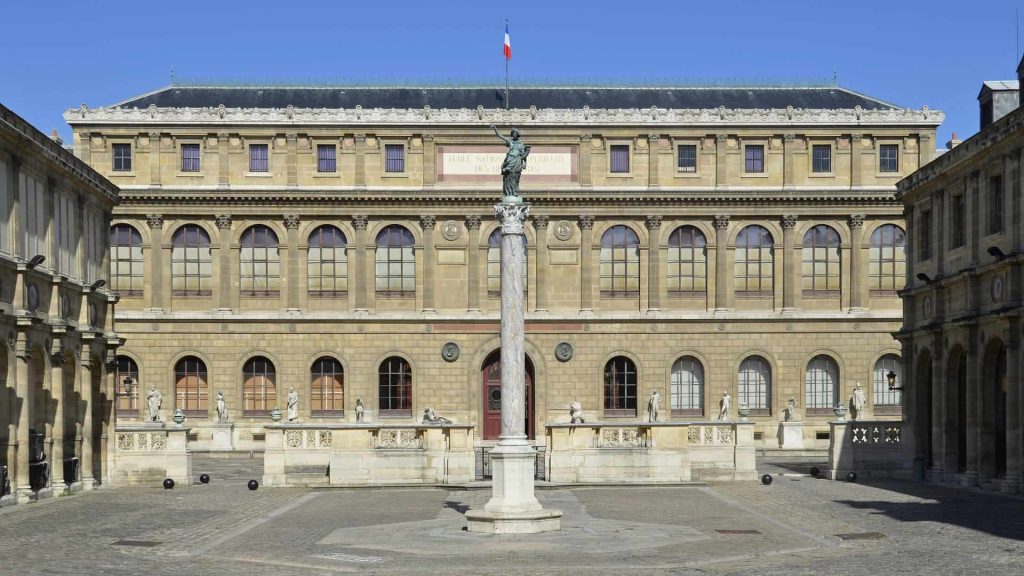
The California Institute of Technology (Caltech) is a world-renowned science and engineering research and education institution. Here, teachers and students tirelessly explore complex questions, acquire knowledge, innovate, and shape the future profoundly.
Caltech’s six academic divisions prioritize science and technology advancement through education and research. The university employs a stringent, competitive admissions process for admission, selecting exceptionally talented students.
Caltech boasts robust research and global access to cutting-edge facilities, on campus and beyond. These facilities include institutions such as the Jet Propulsion Laboratory, the Caltech Seismological Laboratory, and the International Observatory Network.
Caltech’s impressive achievements are showcased through 39 Nobel Prizes, a Fields Medal, six Turing Prizes, and 71 U.S. National Medals. National Medals in Science or Technology. It is worth noting that four chief scientists of the US Air Force are among the institution’s alumni. Caltech, in Pasadena, CA, offers a picturesque campus just seven miles from downtown Los Angeles for university activities. The university’s official mascot, the beaver, is a nod to the ingenuity of nature’s engineers.
Caltech students also developed a reputation for their mischievous spirit, often pulling off memorable pranks. A famous prank: They playfully transformed the “Hollywood” sign into “Caltech” by cleverly concealing sections of the letters.
Princeton university
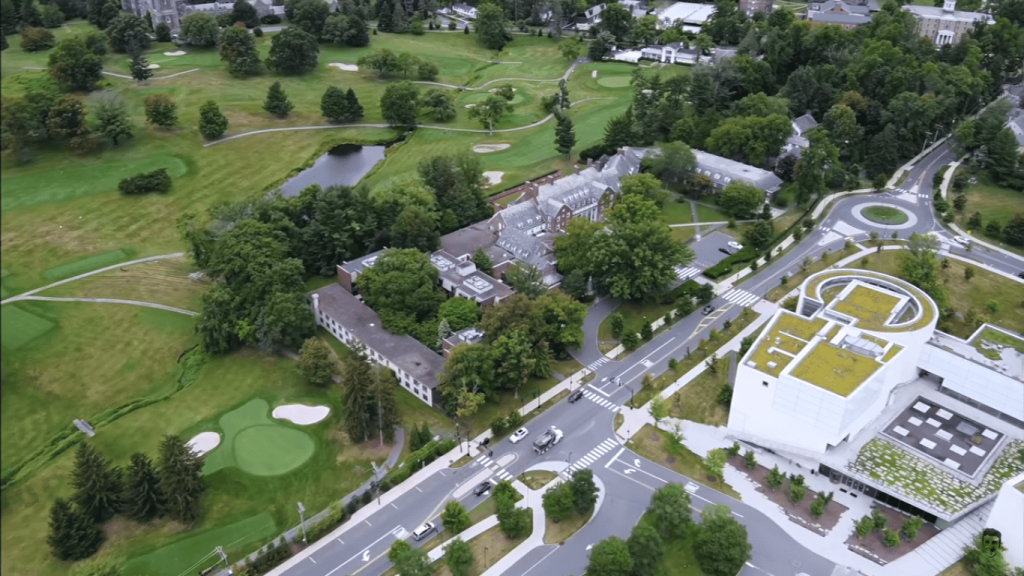
Founded in 1746 as the College of New Jersey, Princeton University holds a distinguished position in American higher education history. In 1896, it was officially renamed Princeton University, in homage to its location, and subsequently gained worldwide recognition. In 1900, she launched her famous graduate school.
Recognized for dedication to education, this Ivy League offers on-campus housing for all, with an impressive 98% living on-site. The university has fewer than 10,000 students, including 12% international students.
Princeton not only earns respect for its commitment to education but also gains recognition as one of the world’s leading research universities, boasting connections to more than 40 Nobel Prize winners, 17 National Medal recipients in sciences, and five National Humanities Medal winners. The faculty includes recent Nobel Prize winners in various fields, such as chemists Tomas Lindahl and Osamu Shimomura, economists Paul Krugman and Angus Deaton, and physicists Arthur McDonald and David Gross.
Its illustrious alumni include such renowned Nobel laureates as physicists Richard Feynman and Robert Hofstadter, as well as chemists Richard Smalley and Edwin McMillan. Additionally, Princeton played a major role in shaping the nation’s leaders, producing two U.S. presidents, James Madison, and Woodrow Wilson, the latter of whom also served as president of the university prior to his presidential term. Other notable graduates include former First Lady Michelle Obama, well-known actors such as Jimmy Stewart and Brooke Shields, Amazon founder Jeff Bezos and Apollo astronaut Pete Conrad.
Princeton’s picturesque campus, with parkland beauty and iconic buildings designed by some of America’s most prominent architects, characterizes its status as one of the top 10 universities in the world, celebrated not only for its academic excellence but also for its picturesque campus. For example, the Lewis Library, designed by Frank Gehry, houses a significant portion of the university’s scientific collections, and the McCarter Theater Center, located on campus, won a Tony Award for the nation’s best regional theater.
Princeton’s campus spans 500 acres and includes approximately 180 buildings, including 10 libraries housing up to 14 million businesses. It is a popular destination for visitors, attracting approximately 800,000 people each year to its open campus and contributing substantially to the local economy with an estimated $2 billion in revenue. The town of Princeton, with a population of around 30,000, is an attraction in itself. The tree-lined streets, and diversity of shops, restaurants, and parks attract visitors seeking charm and a lively atmosphere. Located near New York and Philadelphia, the university offers convenient transportation options, including the “Dinky” shuttle, which provides regular one-hour service to both cities. Princeton regularly subsidizes student travel to attend concerts, plays, and sporting events in these neighboring metropolitan areas, enhancing the overall student experience.




